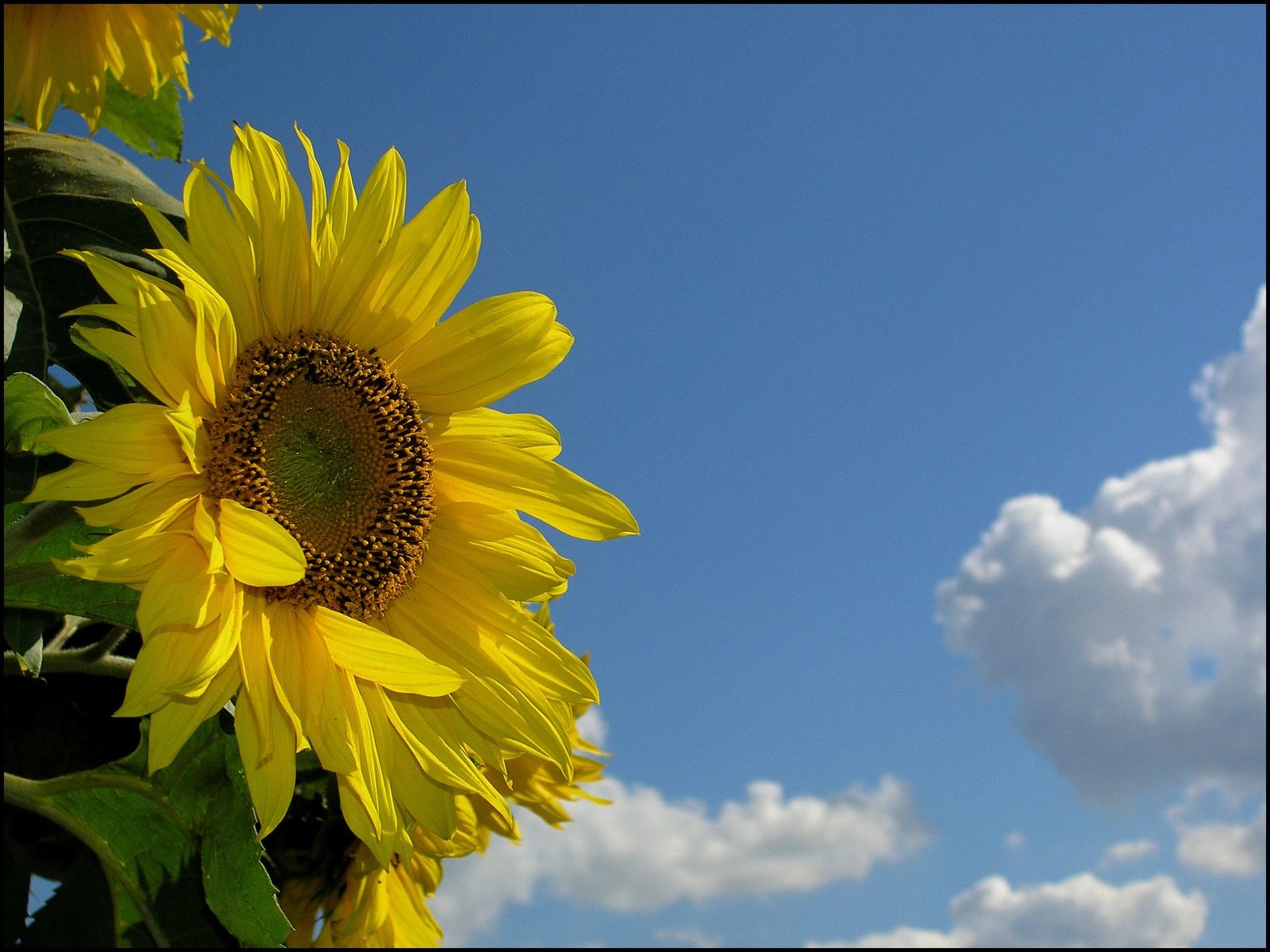Article written by: Matthew Oates
We’ve all seen the posts of breathtaking vibrant fields of wildflowers, with colors so vivid they look like a painting. Superblooms, the beautiful- and increasingly rare- displays of wildflowers covering vast stretches of rolling hills, have become one of the most coveted subjects for photos. Though I love seeing the aesthetic Tiktoks as much as the next person, what will happen as these areas start to become more and more impacted by climate change? As these blooms become increasingly rare, or even disappear entirely, will social media simply forget, like we do with every other issue?
Superblooms are rare and only found in a few places around the world, one of those being California. If you remember, last year in 2023 there was a notable one in Antelope Valley, with a major California Poppy bloom. Trust me, I saw my fair share of posts about it. Superblooms are triggered by an ideal combination of a wet winter followed by mild spring temperatures. For many, these blooms are seen as the essence of natural beauty, a temporary splash of color on an otherwise very brown area. Social media, particularly TikTok and Instagram, have turned these from just an environmental phenomenon to a tourist attraction that many flock to.
Climate change is having a significant impact on the environment, and the patterns of weather that we rely on to create these blooms are starting to shift. As per Susan Harris, a UC Davis environmental science and policy professor, mid-winter droughts are becoming more and more common. The timing of these droughts directly impacts the probability of blooms, which rely on wet winters. As global temperatures rise, these patterns are going to become ever more unpredictable and extreme- either too much rain or drought. There’s a delicate balance needed for super blooms to occur. Some areas will experience earlier blooms, while most will experience none at all. In the future, these displays will become a rarity, and the images may be all that remain of them.
As much as social media helps to raise awareness about the beauty of nature, it has done just as much to damage it. The more people that share their photos, the more people that flock to see it for themselves. While this seems harmless- it’s just people enjoying some flowers, right?- this often leads to over-tourism. These nature areas aren’t meant for thousands of people. They’re just trails that some park ranger made, they weren’t meant for the hordes of people all at once. The trails get overcrowded, ecosystems get trampled because of a lack of space, and the plants that everyone is there to see end up getting damaged.
For example, in Antelope Valley, which I mentioned earlier, the surge of visitors during blooms has led to significant damage. Plants like the California Poppy, which are extremely delicate and require specific conditions to thrive, are trampled by hikers, and most of all, picked! The damage seems small and isn’t always immediately visible, but over time, it can reduce seed banks and impact the ability of the plants to regenerate year after year.
So, what happens if, in the not-too-distant future, super blooms become far more rare? The posts will stop appearing year after year, tourists will stop coming, and the flowers will stop blooming. Will we simply just forget they ever existed? These photos will turn from the sharing of a beautiful sight to a haunting memory of the damage of climate change. Social media has the power to shape our connection with the world around us. With that, it has the power to help prevent climate change. Instead of only posting photos of blooms, what if we start to pair these with reminders in, say, the captions? A sentence or two about sustainability, promoting eco-conscious travel, and supporting conservation efforts would go a long way. We could all be responsible for each other, helping to educate and make a difference.
As we look to the future, it’s clear that our relationship with nature is changing, and so should our relationship with social media. Superblooms may become rarer in the coming years, but that doesn’t mean we have to stop celebrating nature’s beauty. It just means we need to shift our focus- away from simply showcasing pretty pictures and toward fostering an attitude of care and conservation. Next time you take a picture of nature, remember that it can be much more than just a picture. You can participate in the conservation, and ensure that future generations will witness nature’s wonders the same way that you did. Don’t let the world forget what we were given and what is being taken from us.
Superbloom or Superbust? | UC Davis

